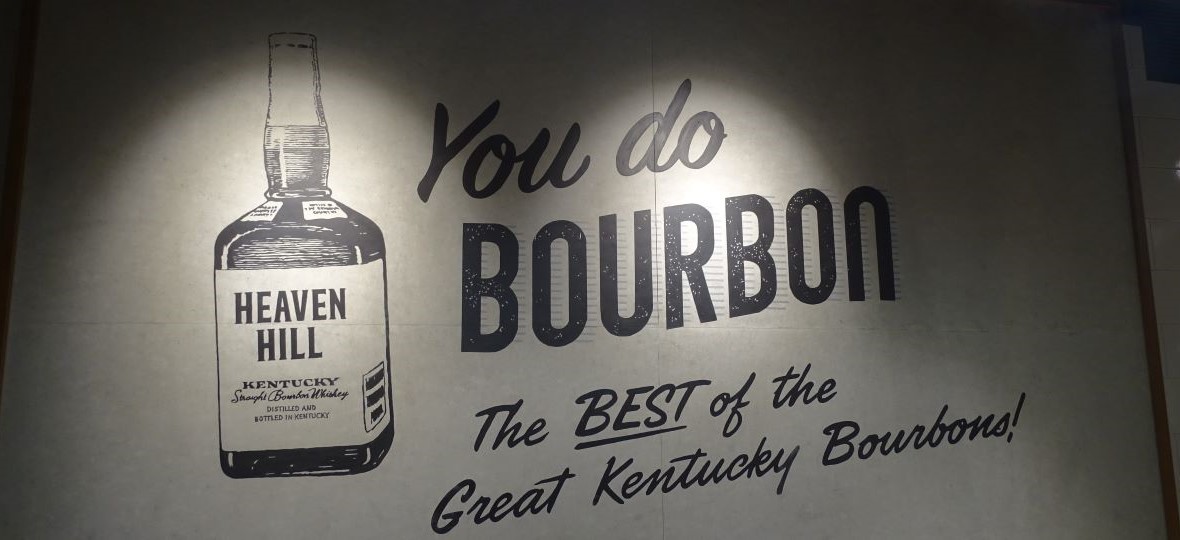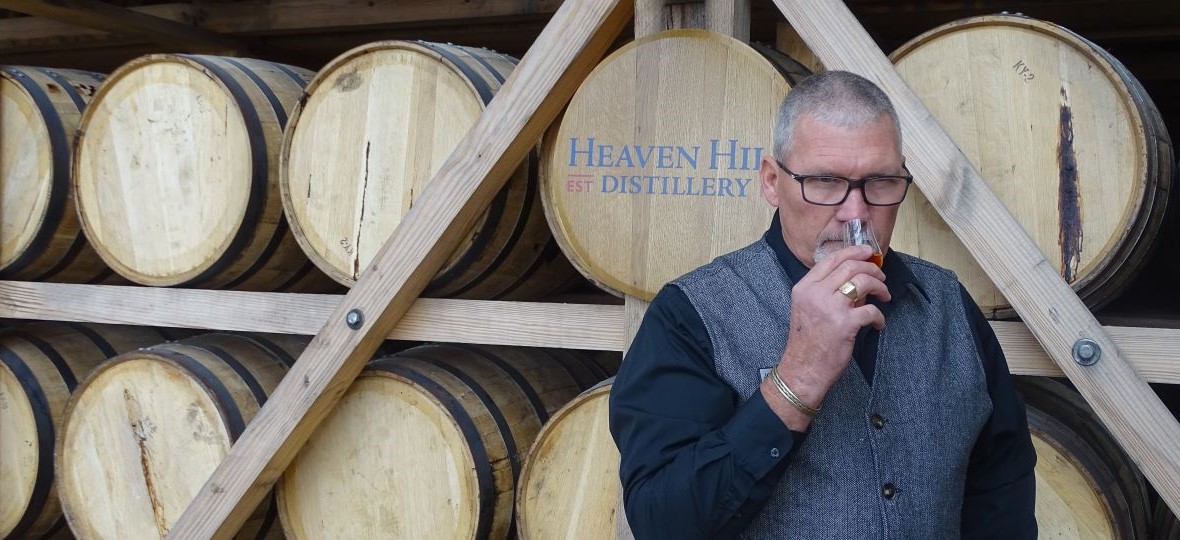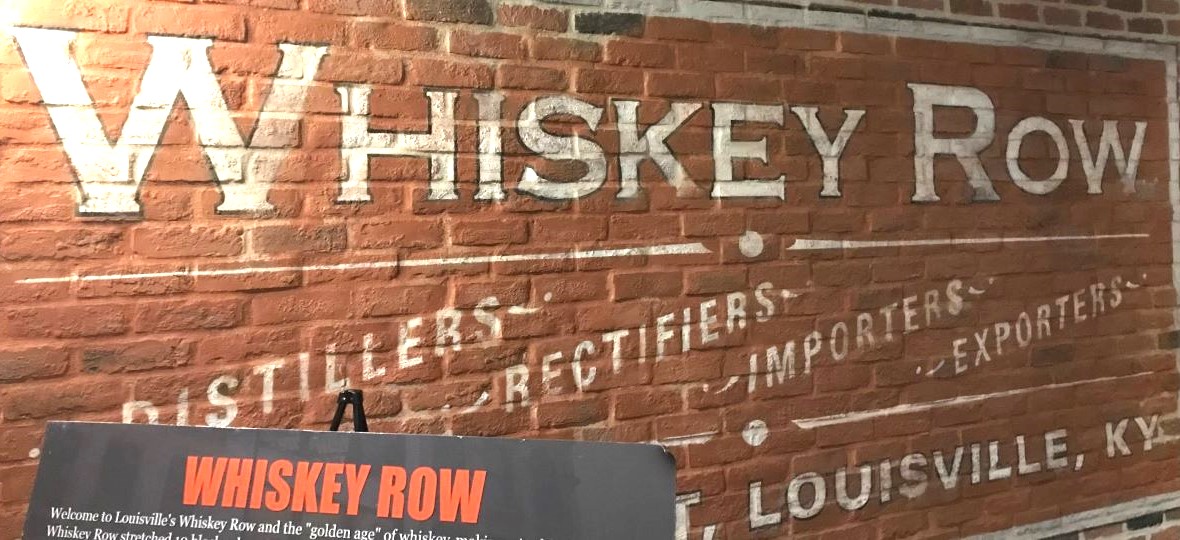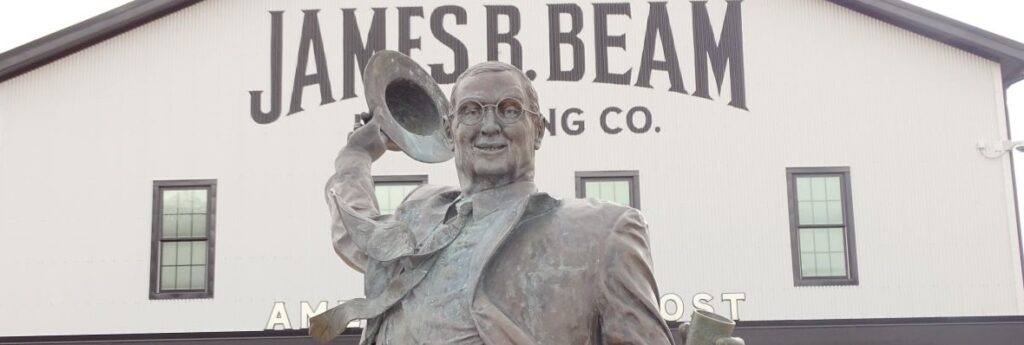The Kentucky Bourbon Trail is maturing like the fine whiskeys it showcases. A new-look Bourbon Trail unveiled this month will lead visitors to large and small distilleries alike, linking relative newcomers and age-old brands in a collective strategy to build on bourbon tourism’s popularity.
It began with seven participating distilleries welcoming visitors 25 years ago. Now the excursion will showcase 46 distilleries, giving visitors more options to plan trips to soak in the sights and smells of bourbon-making in the Bluegrass State.
Since its creation in 1999 by the Kentucky Distillers’ Association (KDA), the spirits tour has attracted more than 18 million visitors from all 50 states and dozens of countries, the KDA said.
“The Kentucky Bourbon Trail now is a global, bucket-list tourism destination,” Eric Gregory, president of the distillers’ association, said as industry leaders gathered for the announcement.
As the original trail grew, it traversed the heart of Kentucky bourbon country, spotlighting such powerhouse brands as Jim Beam, Maker’s Mark, Wild Turkey, Woodford Reserve, Evan Williams, Four Roses, Old Forester, Michter’s and Bulleit.
In 2012, a separate Kentucky Bourbon Trail Craft Tour was launched to showcase the growing number of smaller distilleries seeking their share of the ultra-competitive spirits market.
Now those tours are consolidating. The new tourism and marketing strategy was unveiled in Louisville – the gateway to bourbon tourism. They also announced a new logo and a new digital marketing campaign to help tourists plan bourbon trips to the state.
Spirit companies have invested huge sums into new or expanded visitor centres to capitalize on the growing appeal of getting behind-the-scenes peeks into how bourbon is crafted.
For small distilleries, joining the Kentucky Bourbon Trail was likened to making the big leagues.
Kim Bard, co-founder of The Bard Distillery in western Kentucky, said it will immediately change perceptions about smaller producers that were part of the craft tour. “People would come in, a lot of times they see us as less-than because we’re on the craft trail and not on the Kentucky Bourbon Trail,” she said. “They see that as a very distinctive line.
“Now that the KDA has put us all on the same trail, I think that sort of thinking will stop and we’ll be looked at as just another distillery, which is great for us,” she added.
Brent Goodin, owner of Boundary Oak Distillery in central Kentucky, predicted that shifting to the Kentucky Bourbon Trail will boost tourism at his and other smaller distilleries. Producers see tourism as an essential part of brand promotion.
“Anything we can do to make the tourist realize that everything is Kentucky bourbon and we’re all producing the same thing –- maybe not as much as the next guy but we’re all kind of in it together,” he said.
Bourbon tourism has shaken off any pandemic-era hangover as venerable bourbon producers and industry newcomers alike are benefiting from a new surge in visitors. Attendance surpassed 2.5 million visitors last year along the Kentucky Bourbon Trail and the Kentucky Bourbon Trail Craft Tour.
Bourbon Country

Dubbed ‘Bourbon Country,’ with close to 100 distilleries overall, Kentucky now boasts more than 11.4 million barrels of bourbon aging in its “rickhouses” (warehouses) across the state and the industry filled more than 2.6 million barrels last year – approximately two per citizen in the state.
But while many Kentuckians enjoy their native nectar, most bottles go to export or are snapped up by visitors, who are welcomed at distilleries for tours and Bourbon 101 classes, dine at restaurants that feature bourbon-infused dishes, or visit during National Bourbon Heritage Month (September) to take part in festivals, concerts and other bourbon-soaked events, such as the 320-km Bourbon Chase relay race along the Kentucky Bourbon Trail.
Of course, distilleries offer water and non-alcoholic beverages for non-drinkers, and many have food or snacks available. State law also restrict free sample sizes at distilleries and many voluntarily limit cocktail sales at their in-house bar or restaurant, to ensure responsible driving afterwards.
And such is the growth and success of bourbon tourism that many distilleries now require reservations, so booking stops in advance is crucial.
Bardstown

The centre of Kentucky’s bourbon experience is Bardstown, dubbed ‘Bourbon Capital of the World.’
Located in the heart of Kentucky Bourbon Country and situated at the trailhead of the Kentucky Bourbon Trail, Bardstown boasts a charming downtown anchored by Court Square, one of the roughly 200 National Register of Historic Places located in this district. Major attractions include the outdoor musical, “The Stephen Foster Story,” My Old Kentucky Home State Park, the highly regarded Civil War Museum of the Western Theatre, My Old Kentucky Dinner Train, The Kentucky Railway Museum and Whisky Magazine’s Visitor Attraction of the Year – the Oscar Getz Museum of Whiskey History.
Bardstown has over 11 distilleries (most included on the national historic registry) located 40 km. or less from Main Street. Also, it is voted as a Rand McNally “Most Beautiful Towns in America.”
Louisville – ‘Bourbon City’

If Bardstown is the global capital of bourbon, Louisville is happy to be distinguished as ‘Bourbon City.” It is the start of the Bourbon Trail, but also the most visited destination in Kentucky (not least for the Kentucky Derby every May), which has increasingly embraced the bourbon bonanza.
Multiple brands have opened tasting rooms in the city – a new trend that seems to be the perfect mix between a distillery visit and a cocktail bar.
There are also numerous Bourbon-themed hotels and accommodations. For example, The Marriott Autograph Collection Hotel Distil allows enthusiasts to sleep on Whiskey Row at their Bourbon-themed property.
B&Bs like Norton Commons’ Chateau Bourbon and Historic Old Louisville’s Louisville Bourbon Inn allow guests to experience some of the city’s diverse neighbourhoods while sticking to a heavy Bourbon itinerary.
The new Hotel Genevieve in NuLu hops on the trend of including a speakeasy – the Lucky Penny – in its list of accommodations, joining other local properties like the Omni (Pin + Proof) and the Grady Hotel (Wild Swann).
And The Dream Hotel, slated to open in 2025, will connect to the starting point of the Kentucky Bourbon Trail, with the company’s CEO noting that they are “proud to play a role in creating what will be one of the most spectacular rehabilitations in Bourbon City.”
With glass purposefully in hand, we at Travel Industry Today continue our series on some of the planet’s best bars, patios and rooftop venues. For more articles in the series, click here:
PREVIOUS ARTICLES: https://travelindustrytoday.com/pub-patio/

